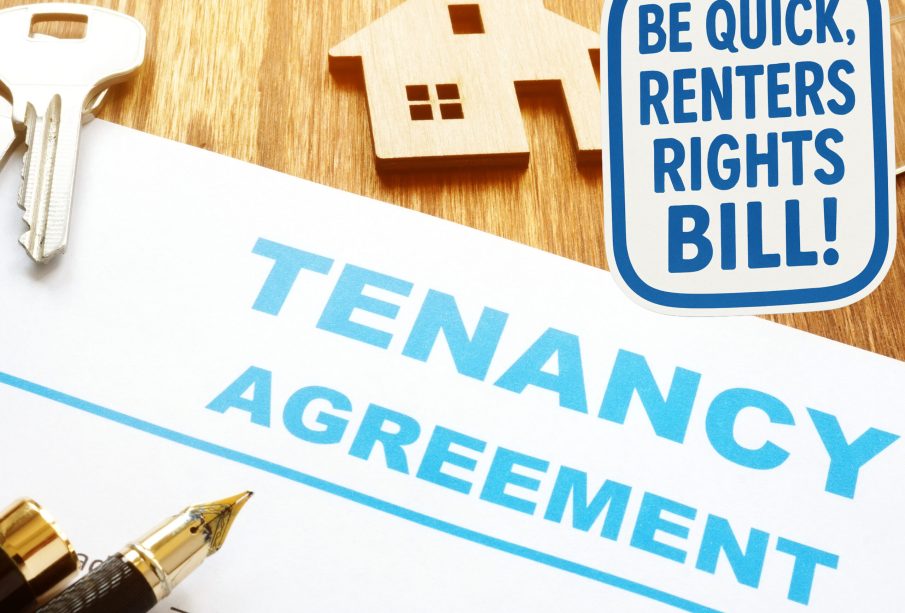Landlord Preparation for the Renters Rights Act in 2023

Introduction
The emergence of the Renters Rights Act marks a significant shift in the balance of power between landlords and tenants in the UK rental market. With increasing focus on tenant rights and protections, landlords must prepare adequately to ensure compliance and maintain positive relationships with their renters. This article explores the key aspects of the Act and outlines preparation strategies for landlords.
Overview of the Renters Rights Act
Introduced to enhance the rights of tenants and secure fair treatment, the Renters Rights Act aims to address long-standing issues in the rental sector. Key components of the Act include provisions on minimum standards for rented homes, restrictions on unreasonable evictions, and the enhancement of tenant’s ability to address repairs and complaints. The Act seeks to empower tenants, promote stability in their living situations, and create a more accountable rental environment.
Important Changes for Landlords
Landlords need to familiarise themselves with the various implications of the Renters Rights Act. Notably, the Act introduces mandatory safety and habitability standards that landlords must meet. This encompasses the obligation to conduct regular checks for issues such as gas safety and structural integrity. Adhering to these regulations not only ensures compliance but also protects landlords from potential legal repercussions.
Additionally, the Act outlines stricter guidelines on eviction procedures. Landlords can no longer rely solely on ‘no-fault’ evictions, which means they must have a legally recognised reason to terminate a tenancy. This places a greater emphasis on maintaining a harmonious landlord-tenant relationship and may require landlords to think more critically before initiating eviction processes.
Steps for Landlord Preparation
To align with the new regulations, landlords should take several proactive steps:
- Conduct a thorough review: Review existing tenancy agreements and property conditions to identify areas requiring compliance with the new standards.
- Improve property maintenance: Invest in necessary repairs and upgrades to meet habitability standards, ensuring all safety checks are documented.
- Enhance communication: Foster open communication with tenants, addressing their needs and queries to build trust and transparency.
- Stay informed: Regularly update knowledge of housing laws and seek guidance from legal professionals to remain compliant with evolving regulations.
Conclusion
The implementation of the Renters Rights Act presents new challenges and opportunities for landlords. Adequate preparation is key to navigating these changes successfully. By understanding tenant rights, adhering to new regulations, and fostering positive relationships with renters, landlords can mitigate risks and promote a stable rental market. As the housing landscape continues to evolve, staying informed and proactive will ensure that landlords remain compliant and competitive in an oversaturated market.








